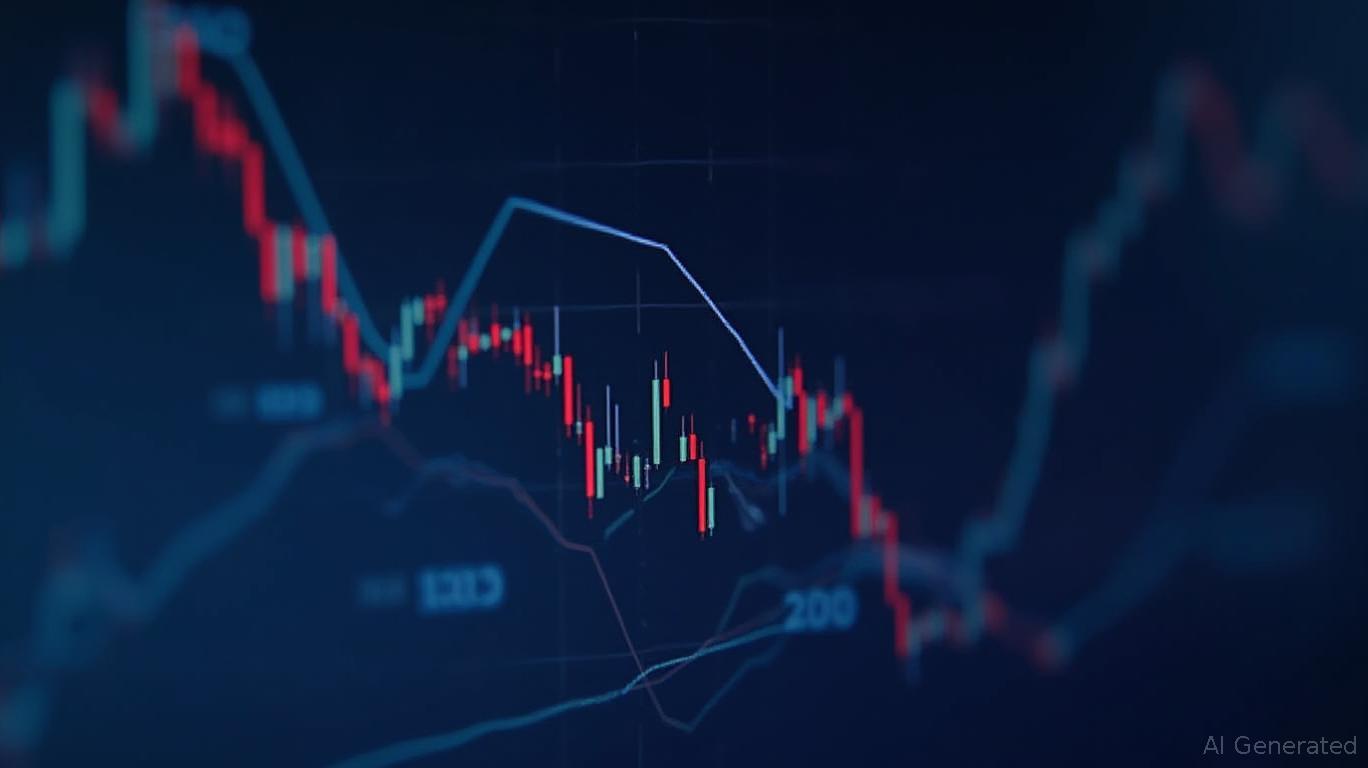Jeff Bezos’ $4.8 Billion Amazon Share Sale: Strategic Move or Investor Concern?
Amazon’s shares faced immediate pressure following news that founder Jeff Bezos plans to sell up to 25 million shares of the company’s stock—a move valued at roughly $4.8 billion based on current prices. The sale, disclosed in a May 2 SEC filing, has reignited debates about Bezos’s long-term vision for Amazon and its ability to navigate growing macroeconomic headwinds.
The Share Sale: A Prearranged Plan or a Vote of No Confidence?
The sale was structured under a Rule 10b5-1 trading plan, which allows executives to prearrange trades to avoid accusations of insider trading. Bezos has used similar mechanisms in the past, including a $2.2 billion sale in July 2024. This latest move aligns with his ongoing funding of ventures such as Blue Origin and his climate-focused Day One Fund. Despite the sale, Bezos remains Amazon’s largest shareholder, holding ~9.6% of the company’s common stock.
Critically, the timing of the announcement—tucked into Amazon’s Q1 2025 earnings filing—coincided with cautious guidance that sent shares down 3% to $187, erasing nearly $24 billion in market value. The stock now trades 24% below its 52-week high of $243, raising questions about whether Bezos’s sale reflects strategic capital allocation or investor skepticism about Amazon’s growth trajectory.
Why the Stock Slump?
Amazon’s Q1 results were mixed. While revenue hit $155.67 billion (beating estimates) and adjusted EPS rose to $1.59, the real concern lies in the future. Management warned of a $10 billion drag from foreign exchange fluctuations and flagged that 70% of its goods sourced from China face potential 145% tariffs under President Trump’s policies. These headwinds are expected to pressure Q2 operating income to just $13–$17.5 billion, below Wall Street’s $17.6 billion forecast.
The stock’s recent volatility reflects investor anxiety. After hitting a $243 peak in February, Amazon’s shares plummeted to $161 in April—near a 100-week moving average support level—before rebounding to $192. The $200 price barrier has proven stubborn, however, as traders weigh near-term risks against Amazon’s long-term dominance in e-commerce, cloud computing, and digital advertising.
Underlying Strengths: AWS and Advertising Power
Despite the gloom, Amazon’s core segments remain robust. AWS, its cloud division, grew 17% year-over-year to $29.3 billion in Q1, though this marked its third straight quarter of decelerating growth. The segment’s operating income surged to $11.5 billion, up 22% from a year earlier, demonstrating margin resilience. Meanwhile, Amazon’s advertising revenue hit $13.9 billion—up 19%—highlighting its ability to monetize its massive customer base.
CEO Andy Jassy emphasized strategic priorities: faster rural delivery, AI-driven tools like Alexa+, and expanding AWS’s AI capabilities (e.g., foundation models and quantum computing chips). These initiatives align with a 10-year plan to invest in high-margin areas while mitigating risks like tariffs through diversification.
The Risks Ahead
The biggest threats are external. The proposed tariffs on Chinese imports could add $10 billion in costs annually, squeezing margins in Amazon’s retail and third-party marketplace businesses. FX headwinds are also compounding these pressures, as Amazon operates in 19 currencies.
Additionally, AWS’s growth slowdown—now at 17%—reflects broader macroeconomic challenges in enterprise IT spending. Competitors like Microsoft’s Azure and Google Cloud are also intensifying their push into AI and hybrid cloud solutions, testing AWS’s leadership.
Is This a Buying Opportunity?
Analysts’ average price target of $244 suggests a 30% upside from current levels, but investors remain cautious. The stock’s 24% discount to its peak reflects skepticism about navigating near-term risks. However, Amazon’s balance sheet—boasting $56 billion in cash and equivalents—offers flexibility to weather storms, while its $113.9 billion in trailing operating cash flow underscores financial health.
Conclusion
Bezos’s share sale is best viewed as a disciplined capital move rather than a sign of distress. Amazon’s fundamentals—dominant e-commerce scale, AWS’s profitability, and AI-driven innovation—remain intact. While tariffs and FX pressures pose near-term hurdles, the company’s long-term growth narrative (e.g., 19% ad revenue growth, $4 billion rural delivery investment) suggests it will emerge stronger.
For investors, the question is whether the $187 stock price adequately discounts these risks. With a price-to-earnings ratio of 29 (vs. its five-year average of 43) and a dividend yield of 0.5%, Amazon’s valuation appears more reasonable today than at its peak. Yet, the $200 resistance level must hold for momentum to return. Until then, Amazon remains a bet on execution—a theme that could define its next chapter.
In short, Bezos’s sale isn’t a red flag for Amazon’s future. The real test lies in whether the company can convert its AI and logistics investments into sustainable profit growth—without tripping over trade wars and currency headwinds. For now, the jury remains out, but the data hints that Amazon’s core strengths still outweigh its challenges.


_442a2dcc1749832873286.jpeg)
_e68fac6d1749831664430.jpeg)







